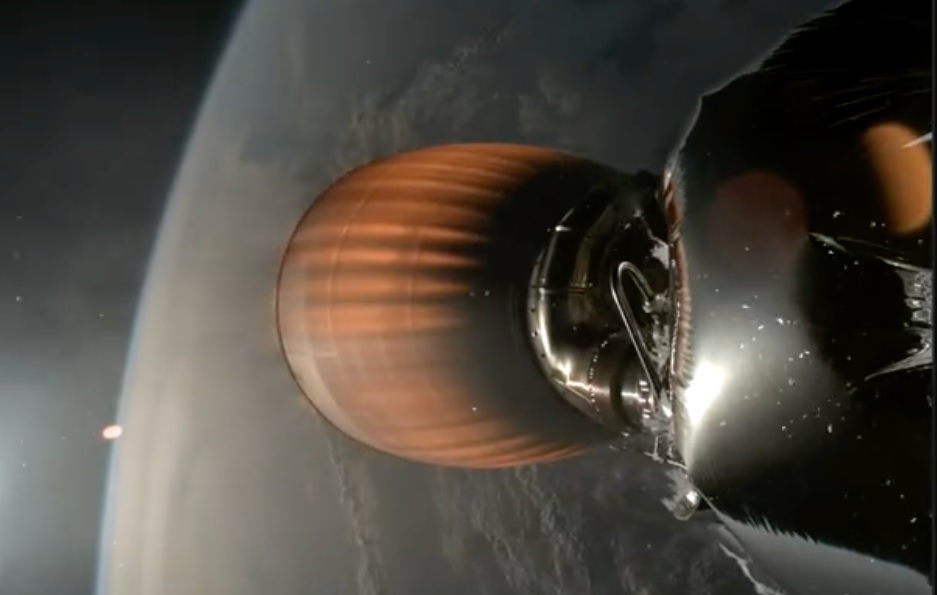SpaceX Falcon 9 Rocket Experiences Anomaly During Starlink Satellite Launch

In a rare hiccup for SpaceX's typically reliable Falcon 9 rocket, an anomaly occurred during the launch of Starlink internet satellites on Thursday night (July 11) from Vandenberg Space Force Base in California. This mission, intended to enhance the expansive Starlink constellation, encountered unexpected challenges despite a promising start.
The launch began smoothly, with the Falcon 9's two stages separating as scheduled. The first stage successfully returned to Earth, landing on a drone ship in the Pacific Ocean approximately eight minutes after liftoff. This precision landing was a testament to SpaceX's expertise in rocket recovery and reuse.
However, trouble arose with the rocket's upper stage. Tasked with carrying 20 Starlink satellites into low Earth orbit, the upper stage experienced an issue during its second engine burn. Elon Musk, SpaceX's founder and CEO, communicated the problem on social media platform X, noting, "Upper stage restart to raise perigee resulted in an engine RUD for reasons currently unknown. Team is reviewing data tonight to understand root cause."
For the uninitiated, "RUD" stands for "rapid unscheduled disassembly," a term SpaceX uses to describe an explosion or disintegration. This incident led to the deployment of the Starlink satellites into a lower-than-intended orbit. Musk mentioned that while SpaceX had made contact with five of the satellites and was attempting to raise their orbits using onboard ion thrusters, success seemed unlikely.
The sight of fluffy white ice buildup near the Merlin engine during the upper stage burn, as seen on the launch webcast, raised eyebrows. This unusual occurrence hinted at a possible propellant leak, though SpaceX has yet to confirm this speculation.
The Falcon 9 rocket is renowned for its reliability, having completed 69 launches already in 2024. This anomaly is a stark reminder of the complexities and risks inherent in space missions, even for seasoned operators like SpaceX. The Falcon 9 had only suffered one full in-flight failure prior to this, back in June 2015 during a mission to deliver supplies to the International Space Station (ISS).
Despite the setback, SpaceX's commitment to advancing space technology and maintaining its ambitious launch schedule remains unwavering. The company has launched 13 crewed missions, nine of which transported astronauts to the ISS for NASA, underscoring the Falcon 9's significance in both commercial and crewed spaceflight.
The Starlink satellites aboard this mission, including 13 designed to beam internet service directly to cell phones, are part of SpaceX's ongoing effort to build a global satellite network. With over 6,100 operational Starlink satellites, the megaconstellation continues to grow, despite the occasional hiccup.
SpaceX will now focus on diagnosing the root cause of the upper stage anomaly and implementing necessary corrections to prevent future occurrences. While Thursday's incident may temporarily impact the Falcon 9's manifest, SpaceX's track record of resilience and innovation suggests they will overcome this challenge and continue their pioneering work in space exploration and satellite technology.


